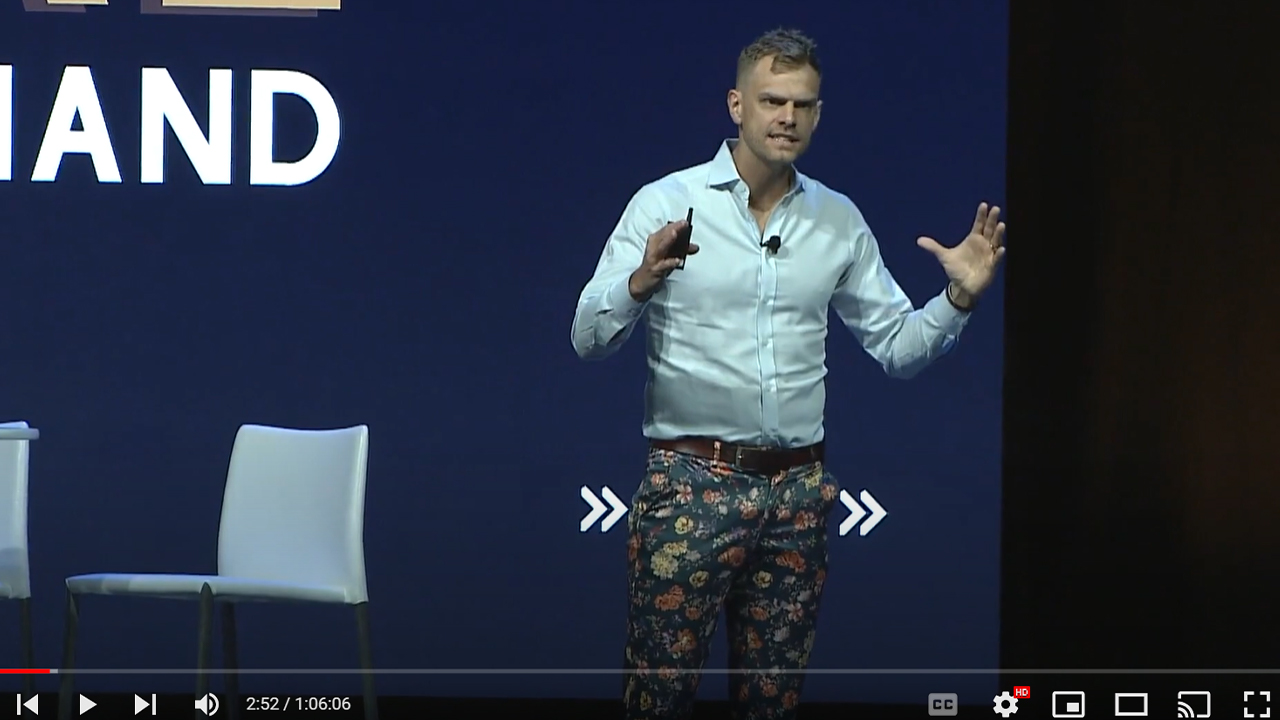Social media sites, videos, music, gaming, email and other forms of content all compete for consumers’ time in what Citarella calls “the attention economy,” which he describes as “the all-out pursuit from multiple entities to capture one of our most scarce and valuable resources – our mental engagement.”
What does the ever-growing proliferation of content mean for the almond industry?
“It means there is a lot more competition for your attention than there ever was before,” Citarella explained. “And the ecosystem has fundamentally changed to do this. There used to be a clear delineation between one kind of content (watching a game or TV show) and advertising. But now in social media, that has fundamentally changed.
“The ecosystem has changed drastically and now we’re not just competing with other commercials in a specific pod, but all this other content from other entities. So, standing out is very difficult.”
Distinguishing itself is something the almond industry has been successful at for many years thanks to creative marketing efforts such as these current campaigns:
-
United States: The “Own Your Prime” message featuring University of Colorado football coach Deion “Coach Prime” Sanders is all about consumers owning their prime when it comes to their health and how almonds can help with exercise recovery.
-
India: This campaign capitalizes on the popularity of the country’s favorite sport, cricket, with messaging that almonds provide the “energy that leads to success” for the country’s top players.
-
Germany: The “Mother of all Snacks” campaign repositions almonds from a popular baking ingredient to a snack that delivers a daily dose of natural goodness for people conscious of their health and wellness.
-
Mexico: The marketing campaign last year grabbed attention by putting almonds literally on the road in Mexico City and worked with some of the best-known health influencers in that country with messages that emphasize the nutritional value of almonds.
The competition for consumers’ attention extends to the grocery store too, Citarella said, citing data that shows in 1990 consumers faced 7,000 different cues while shopping, today there are 40,000 to 50,000 cues in that same retail footprint. The good news for almond growers, processors and others associated with the industry is that ABC’s marketing team and SRG have formulated strategies they believe effectively separate almonds from its competitors.
“We have built a methodical ecosystem to make sure we’re cutting through the clutter and communicating our benefits in an interesting way that is very authentic to our product,” Citarella said. “And that really starts with building our reputation. We have invested a lot of time and energy and effort in building our health credibility with almonds and communicating our stewardship story.
“We can’t control that people scroll through 305 feet of content every day. But what we can control is that we can make people stop the scroll, pay attention to our messages and ultimately take action. We can turn the mindless thumb into a powerful weapon to grow our industry.”

